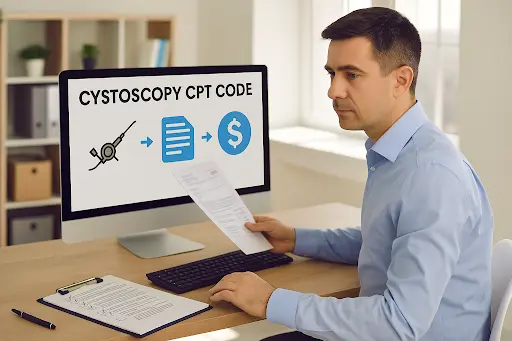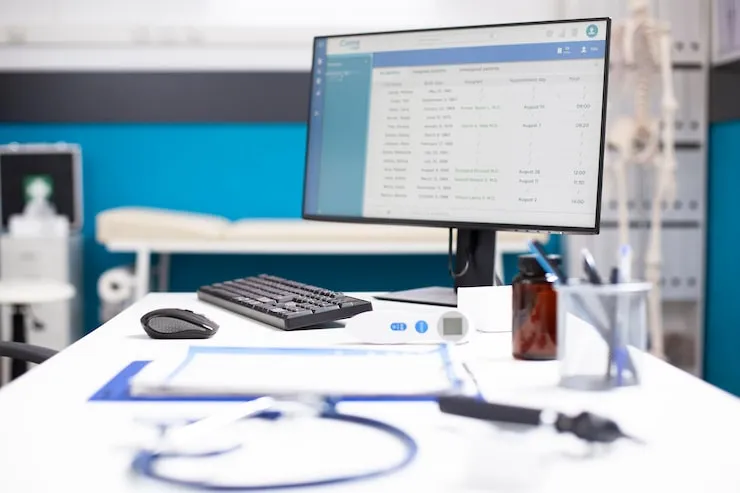Between keeping up with CPT codes, modifiers, payer rules, and documentation requirements, the last thing anyone wants is a two-digit code holding up reimbursements.
But here’s the thing: POS 22 isn’t just another administrative detail. It plays a critical role in how services are classified and reimbursed—and if misused, it can result in denials, underpayments, and compliance risk.
At Cadence Collaborative, we work with healthcare providers and billing teams to demystify coding challenges like POS 22.
In this guide, we’ll walk you through everything you need to know: when to use it, how it differs from other POS codes, and how to avoid costly errors in your claims process.
If you’re looking to improve accuracy, reduce denials, and strengthen your billing strategy, you’re in the right place.
What Even Are Place of Service (POS) Codes?
Let’s rewind for a sec. Before we deep-dive into POS 22, let’s clear up what Place of Service (POS) codes actually are, without making your brain melt.
POS codes are two-digit numbers used on insurance claims to tell payers where a service was provided. They’re basically the healthcare world’s shorthand for “this is where it happened.”
Was it at a hospital? A private office? Your grandma’s living room via telehealth? There’s a POS code for that.
Why Should You Care?
Because insurance companies use POS codes to determine:
- How much to reimburse
- Which rules apply to the service
- Whether the claim is even valid
Mess up the POS code, and you’re looking at delays, denials, audits, and a lot of back-and-forth with insurance reps. Nobody has time for that.
So, What Exactly Is POS 22?
According to CMS (Centers for Medicare & Medicaid Services), POS 22 refers to:
“On Campus-Outpatient Hospital: A portion of a hospital’s main campus where diagnostic, therapeutic (surgical and nonsurgical), and rehabilitation services are provided to outpatients.”
But what does that mean in plain English?
POS 22 is used when a patient comes in for services at a hospital without being formally admitted as an inpatient.
Think X-rays, minor procedures, same-day infusions, wound care—you name it. It’s outpatient care, but it’s happening inside a hospital building (or a facility owned and operated by the hospital).
Some examples:
- A patient walks into the hospital for a CT scan and walks out 30 minutes later
- You perform a physical therapy session at the hospital’s outpatient rehab unit
- A provider sees a patient in a hospital-run specialty clinic on the main campus
That’s all POS 22 territory.
POS 22 vs. POS 11 vs. POS 21: Why It Actually Matters
If you’re thinking, “This feels oddly similar to POS 11 or POS 21,” you’re not wrong—but also not quite right. Let’s break it down.
POS 11 – The Private Office
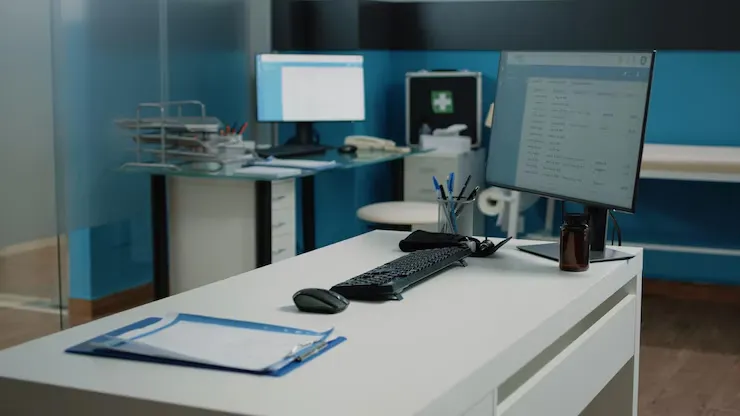
POS 11 = “Doctor’s Office”
This code is used when services are provided in a non-hospital, independently owned office setting. Think of your classic outpatient clinic or physician group that’s not affiliated with a hospital.
Key characteristics:
- Owned by the provider or medical group (not the hospital)
- Not on a hospital campus
- Services billed under the physician fee schedule
- Usually reimbursed at a higher rate (hello, professional services markup!)
Example: A dermatologist sees a patient at her own private clinic across town from any hospital. POS 11.
POS 21 – Inpatient Hospital

POS 21 = “You’re Admitted”
This code is reserved for inpatient stays. The patient has been formally admitted by a physician and is expected to stay for at least 24 hours.
Key characteristics:
- Services provided after formal admission
- Usually includes room/board charges, nursing, labs, etc.
- Requires a higher level of documentation
- Often paid under a facility fee schedule, not the physician’s
Example: A patient is admitted for pneumonia and stays for 3 days. POS 21.
POS 22 = Hospital Outpatient on Campus
Now here’s where it gets tricky. POS 22 is for services provided on a hospital campus, but where the patient was never admitted. So it’s technically outpatient, but not your classic private office setup.
Key characteristics:
- Happens at a hospital-run outpatient department
- The hospital owns and staffs the facility
- Typically reimbursed under a split billing model (more on this later)
- Subject to hospital outpatient billing rules, not just physician billing
Example: A cardiologist sees a patient at a hospital-owned clinic that’s on the main campus but doesn’t admit patients. POS 22.
Quick Visual Recap
| POS Code | Setting | Admitted? | Owned By | Common Example |
| 11 | Independent Office | No | Physician | Primary care office visit |
| 21 | Inpatient Hospital | Yes | Hospital | Admitted for surgery |
| 22 | Hospital Outpatient (On Campus) | No | Hospital | Outpatient X-ray at hospital facility |
Why Getting POS 22 Wrong Can Cost You Big Time
Getting POS 22 right isn’t just about paperwork. It’s about getting paid properly.
Mislabeling the place of service can lead to:
- Underpayment
- Claim denials
- Rebilling delays
- Compliance issues and audits
It’s a small number with big consequences.
The Deal with Split Billing (a.k.a. Provider vs. Facility Claims)
One of the most misunderstood aspects of POS 22 is how billing actually works. Unlike private practices (POS 11), outpatient hospital settings usually use a split billing model.
What Is Split Billing?
In POS 22, both the physician and the hospital submit separate claims for the same encounter:
- The provider bills for the professional services (evaluation, procedures, etc.)
- The hospital bills for the facility, equipment, staff, and supplies
That means two claims, two sets of codes, and two payment streams—all for one patient visit.
Why It Matters
If you bill a POS 22 visit as if it happened in an office (POS 11), you’re telling the payer, “This was all done in my clinic.” That mistake could:
- Trigger an audit if the hospital also submits a facility claim
- Result in a lower payment or denial
- Break Medicare’s site-of-service reimbursement rules
Want to prevent costly POS errors before they happen?
At Cadence Collaborative, we help provider organizations implement proactive claim validation, build site-specific billing protocols, and reduce audit exposure.
Schedule a consult and strengthen your billing foundation from the ground up.
POS 22 and Medicare: What You Need to Know
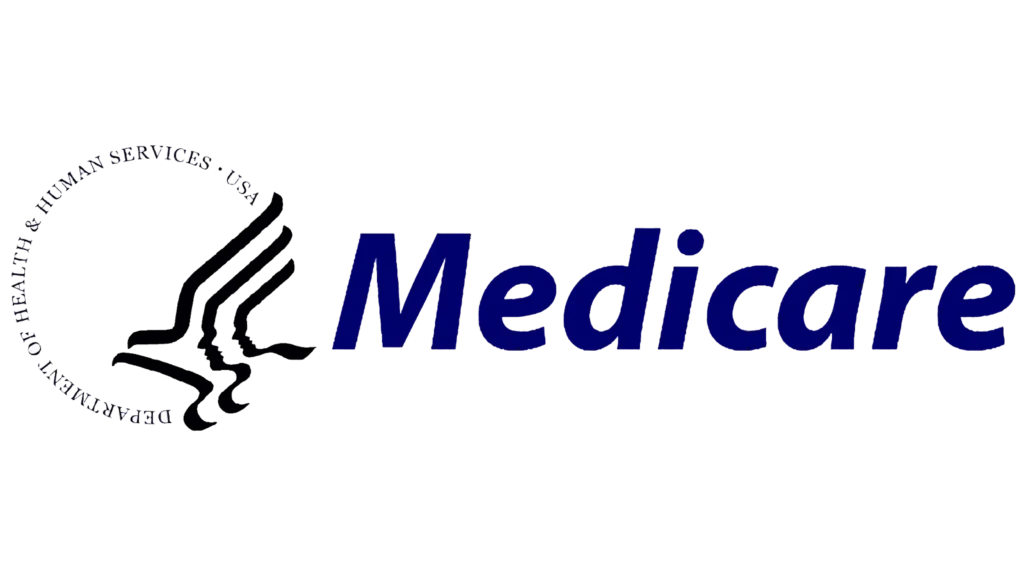
Medicare is particularly picky about POS codes. And with good reason—it impacts how they reimburse both physicians and facilities.
Payment Differences by POS Code
Under the Medicare Physician Fee Schedule (MPFS), payment varies based on POS. Here’s the simplified version:
- POS 11 (Office): Paid at the non-facility rate (higher, includes overhead)
- POS 22 (Outpatient Hospital): Paid at the facility rate (lower, excludes hospital overhead)
So if a provider bills Medicare for POS 11 when the service actually happened in a hospital outpatient clinic (POS 22), the claim may be overpaid, and that’s a red flag for audits.
Real-World Tip
Always match your POS to the physical location and ownership structure.
If it’s a hospital-owned clinic on the hospital campus = POS 22.
If it’s a doc-owned office across the street = POS 11.
Don’t guess. Confirm.
POS 22 Mistakes You Don’t Want to Make
Even seasoned billers slip up with POS 22. It’s confusing, nuanced, and often misunderstood, especially when hospitals expand outpatient care across multiple departments and campuses.
Here are the most common pitfalls (and how to dodge them):
Mistake #1: Using POS 11 for Hospital-Owned Clinics
Why it happens: The provider assumes that because they’re seeing patients in a “clinic,” it must be POS 11.
Why it’s wrong: If the clinic is owned and operated by the hospital and located on its campus, it’s officially a hospital outpatient department = POS 22.
What to do instead: Check the ownership and physical location. If it’s within the hospital’s main campus and not privately owned, use POS 22.
Mistake #2: Billing with the Non-Facility Rate
Why it happens: Providers forget that POS 22 is reimbursed at the facility rate, which excludes certain overhead costs that are covered by the hospital’s separate claim.
Why it’s wrong: If you bill using the higher non-facility rate (meant for POS 11), you’ll get overpaid, and that opens the door to take-backs, audits, and potential penalties.
Pro tip: Your EHR or billing software should be configured to automatically apply the correct fee schedule based on POS. Double-check it.
Mistake #3: Mixing Up POS 19 and POS 22
What’s POS 19 again? It stands for Off-Campus–Outpatient Hospital.
So, if your outpatient department is owned by the hospital but located away from the main campus, you should be using POS 19, not POS 22.
POS 22 = on campus
POS 19 = off campus
Why this matters: Some payers (especially Medicare Advantage plans) treat POS 19 and 22 differently in their reimbursement models. Using the wrong one could mean leaving money on the table—or having to reprocess claims.
Mistake #4: Not Training Your Front Office and Coding Teams
Why it matters: Most POS errors start before the bill even gets coded—at the front desk or scheduling level. If your team doesn’t know how to identify the correct POS based on the location, claims will be off from the jump.
Fix it fast: Train your staff to confirm ownership and settings for every appointment. Build cheat sheets, flowcharts, and checklists. Make it part of onboarding for new hires.
At Cadence Collaborative, we partner with healthcare teams to develop customized training materials, operational SOPs, and documentation audits that ensure every touchpoint, from scheduling to billing, is aligned and compliant.
Connect with us to elevate your internal processes with confidence and precision.
How Different Payers Handle POS 22 (and Why It Matters)
Not All Insurance Companies Play by the Same Rules
If you thought Medicare set the tone for everyone, surprise: each payer has its own quirks when it comes to POS codes.
While the general definition of POS 22 is consistent, the way it’s reimbursed and processed can vary wildly.
Let’s break it down.
Medicare: The Rule-Maker
As we mentioned earlier, Medicare is all about that split billing life. With POS 22, they expect:
- Professional claims to come in under the facility rate
- Facility claims to come from the hospital itself
- Location accuracy that matches their site-of-service policies
Fail to follow these rules and you risk:
- Denials
- Overpayments
- Audit flags
- Refund demands
Pro tip: Always verify if the hospital department is properly registered with CMS as an outpatient location. Otherwise, even a technically correct POS 22 could cause issues.
Medicaid: The Wild Card
Medicaid policies vary state by state, which makes POS 22 even trickier. Some Medicaid programs:
- Require separate documentation from hospitals and providers
- Don’t recognize certain outpatient locations as billable
- Deny claims due to a missing facility-practitioner linkage
If you’re billing POS 22 and Medicaid is in the mix, check your state’s specific guidelines. One-size-fits-all doesn’t work here.
Commercial Payers: The Curveballs
This is where things get really interesting.
Some commercial insurers:
- Don’t require split billing (they pay the provider only)
- Expect the POS to reflect where the provider physically saw the patient, not who owns the building
- Might downcode or deny claims if the POS doesn’t match the documentation or provider credentials
Examples:
- Blue Cross/Blue Shield might reimburse differently based on provider contracts
- UnitedHealthcare may have stricter documentation requirements for POS 22
- Cigna may require advanced notice for hospital outpatient procedures billed under POS 22
In other words: know your contracts. Talk to your payer reps. And build POS logic into your billing system to reduce manual errors.
POS 22 Final Checklist
Before you hit “submit” on that claim, run through this quick checklist to make sure your POS 22 game is tight:
✅ Is the service location on a hospital’s main campus?
→ If yes, POS 22 is likely correct. If not, reassess (maybe it’s POS 19).
✅ Is the facility owned and operated by the hospital?
→ Ownership matters. Privately-owned clinics ≠ POS 22.
✅ Is the patient an outpatient (not admitted)?
→ POS 22 is for same-day services—no inpatient beds, no overnight stays.
✅ Are you applying the correct fee schedule?
→ Use the facility rate, not the non-facility (office) rate.
✅ Is your EHR/billing software set up for split billing (if required)?
→ Hospitals and providers often need to submit separate claims.
✅ Have you confirmed payer-specific requirements?
→ Medicare ≠ Medicaid ≠ Commercial. Customize your approach.
✅ Does your documentation back up the POS used?
→ If it goes to audit, your notes need to prove that the location and services match the code.
✅ Is your staff trained on POS selection?
→ Avoid errors at the source. Scheduling and front desk teams are your first line of defense.
Final Thoughts
POS 22 might seem like just another billing code, but it plays a huge role in getting your outpatient services reimbursed quickly, accurately, and fairly.
With hospitals expanding outpatient departments and payer rules constantly shifting, understanding the nuance behind this code gives your team a serious edge.
Whether you’re optimizing for compliance, cash flow, or clean claim rates, getting POS 22 right is a power move.
At Cadence Collaborative, we partner with healthcare providers to bring clarity and structure to the complexities of medical billing, so your team can focus on what truly matters: delivering exceptional care.
Whether you’re looking to refine your POS workflows, reduce denials, or equip your staff with consistent, compliant billing practices, our team is here to help.
Let’s connect and explore how we can support your operational goals with tailored, strategic solutions. Contact us today to get started!

